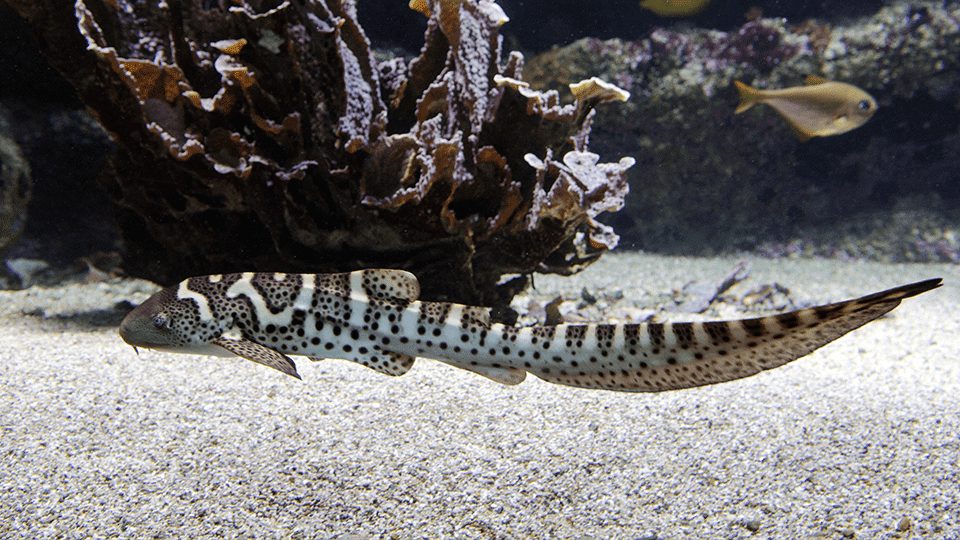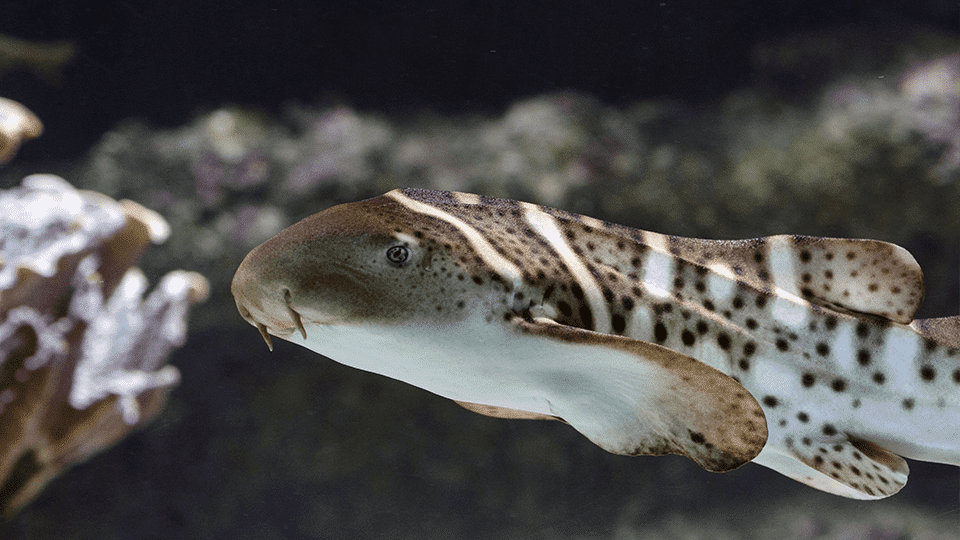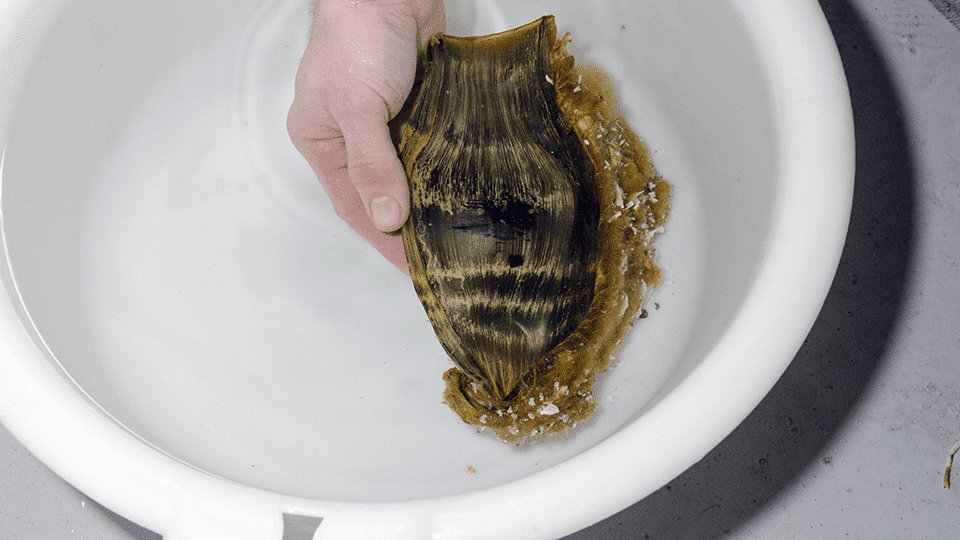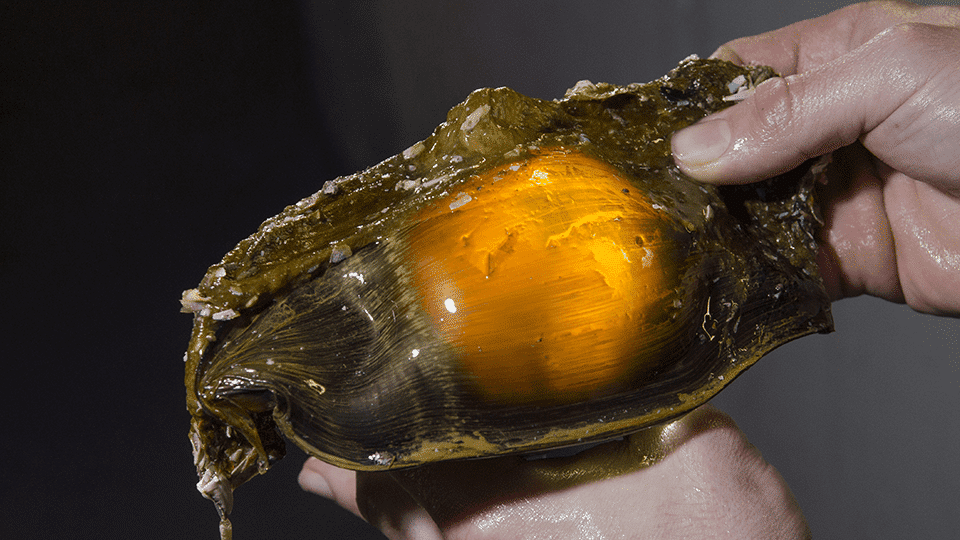News
Commitment to shark and ray conservation

For several years, Océanopolis, France’s National Centre for Scientific Culture dedicated to the Oceans, has been involved in various conservation programmes to protect corals, tropical fish and marine mammals.
Now, Océanopolis is committing to the conservation of sharks and rays through two programmes.
These are the StAR project (Stegostoma tigrinum Augmentation and Recovery), which is seeking to reintroduce zebra sharks (Stegostoma tigrinum) in the natural environment using eggs laid in aquariums, and a largetooth sawfish (Pristis pristis) transfer project, which will see the launch of a breeding programme this autumn.
Zebra sharks from Océanopolis reintroduced into Indonesia’s Raja Ampat marine reserve
“Organisations such as Océanopolis can really play an active role in in situ conservation” Dominique Barthelemy, curator in charge of the living environment at Océanopolis.
The StAR project (Stegostoma tigrinum Augmentation and Recovery), created by the international ReShark collective, is seeking to reintroduce zebra sharks (Stegostoma tigrinum) produced inaquariums into the natural environment.
In recent years, zebra shark populations have suffered a sharp decline in West Papua due to threats such as habitat degradation and, in particular, overfishing for the shark fin trade. Globally, zebra sharks (Stegostoma tigrinum) are listed as endangered species by the International Union for Conservation of Nature (IUCN). Despite the creation of marine protection areas and the introduction of fishing regulations, shark numbers are not increasing. Indeed, the subpopulation of zebra sharks in eastern Indonesia and Oceania is close to extinction.
The StAR project, led by West Papua’s Provincial Government and Indonesia’s Research and Innovation Agency, is working with international partners to ensure the long-term recovery and protection of zebra sharks.
The project is based in the heart of a vast network of marine protected areas: the Indonesian archipelago of Raja Ampat, which is located in the province of Southwest Papua near the northwest coast of Papua New Guinea. Océanopolis has just received approval as a reproduction site, becoming the seventh organisation (and only French representative) recognised by the StAR project internationally, alongside expert organisations in America, Australia and Spain.
“The individuals we present at Océanopolis are genetically compatible with the wild population of Raja Ampat zebra sharks. As part of this programme, we can now consider sending fertilised eggs laid in Océanopolis to Indonesia, so that juveniles can be reintroduced into the marine reserve”, explains Dominique Barthelemy, curator in charge of the living environment at Océanopolis
New European breeding programme for sawfish
Sawfish for the better informed, saw-shark for the novice or simply the “big fish with a weird nose” for our youngest visitors. Since 2001, this creature has been a must-see when visiting Océanopolis’s tropical pavilion.
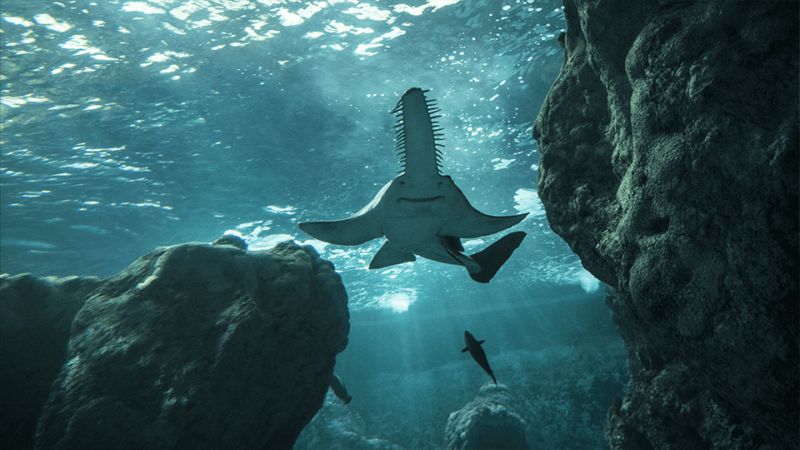
Our female largetooth sawfish (Pristis pristis) delights visitors due to her amazing anatomy and impressive size: 3m10. In the natural environment, the characteristic rostrums (snout or bill) of sawfish have made them an unfortunate success with fishermen, who also covet their fins.
This sawfish species is listed as critically endangered by the International Union for Conservation of Nature (IUCN) and has been listed as under threat of extinction in Appendix 1 of the Convention on International Trade in Endangered Species of Wild Fauna and Flora (CITES) since 2007.
Thanks to a collaboration between three expert organisations (France’s Océanopolis and Planet Ocean Montpellier, and Spain’s Oceanogràfic Valencia), the first European sawfish breeding programme will be under way by the end of 2023. The collaboration’s objective is the reproduction of the species, bringing together two male-female pairs which could be potential future couples.
As part of a long-term loan, the female currently present at Océanopolis will be transferred to Planet Ocean Montpellier, where she will join a male in the aquarium. At the same time, a second male from Montpellier will head to Oceanogràfic Valencia in Spain, where he will join a female. These four individuals are the only representatives of the Pristis pristis species in Europe.
A TRIP UNDER CLOSE SURVEILLANCE, A DEPARTURE MONTHS IN THE MAKING
Since May 2023, the Océanopolis aquarium team has been applying a desensitisation protocol in order to prepare the sawfish for her departure.
“In addition to implementing a programme to desensitise the creature to the close and repeated presence of divers, we also moved the sawfish feeding station to a reserve area. This adjoins the large shark aquarium in the tropical pavilion and is accessible at all times when the hatch is open. Conditioning a creature like a sawfish takes time and requires patience on the part of the team to ensure the fish enters willingly. The objective of the entire protocol is to prepare the sawfish for her transfer. Today, our female responds very well to both exercises and easily enters the reserve area during feeding times,” explains Pierre Ternat, head of the aquariology team at Océanopolis.”
The underwater door offering access to the reserve area is now continuously open so the sawfish can enter when she wants. If visitors cannot spot the sawfish in the tropical pavilion’s shark tank, it is certain she is in the reserve area.
The departure is planned for October 2023 and transport will be by truck. This truck will be equipped with a six-metre-long tank with a capacity of approximately 20,000 litres of sea water. The same rig was used to successfully transport a sawfish from Gothenburg in Sweden to Valencia in Spain.
To best prepare for the trip, the Océanopolis team contacted veterinarians from various countries with experience in this type of transfer in order to get their feedback and valuable advice.
On the day of departure, a dozen people will be hard at work behind the scenes at Océanopolis, accompanying the sawfish from the reserve area adjoining the tropical pavilion’s shark tank to the truck. Handling will be under the supervision of a veterinarian and will be carefully timed. Rehearsals are planned in advance to ensure the event is a success.








 1 City pass to explore 5 Brest...
1 City pass to explore 5 Brest... 